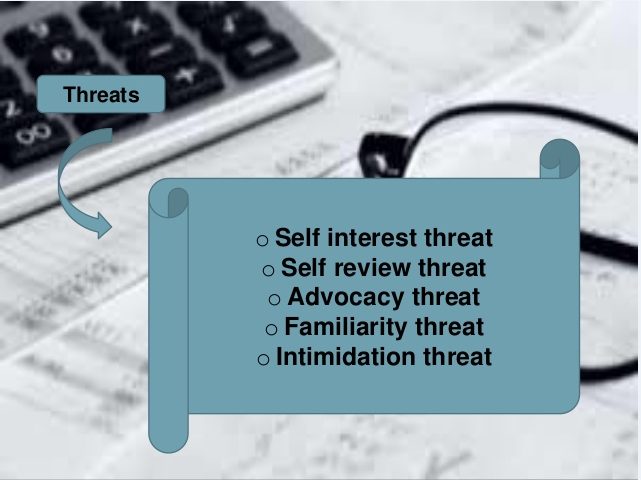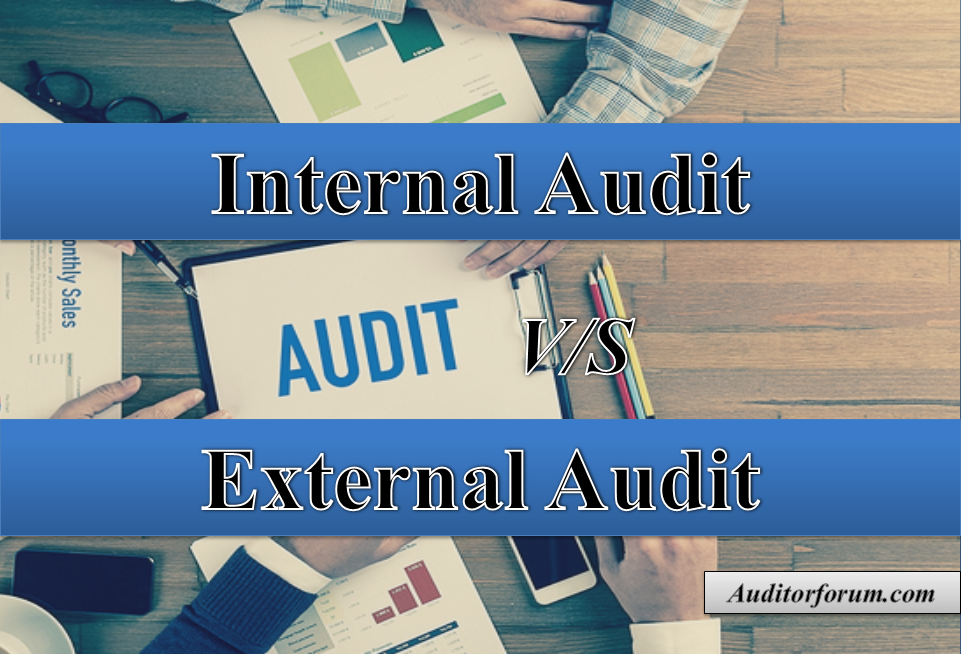Do you know Accounts payable audit program?
If answer to the above question is No, we have the solution for you. Audit Forum provides you accounts payable audit program.
Accounts payable audit program
1. Accounts Payable Listing
For manual listings Obtain client’s accounts payable listing and
- Agree listing to general ledger.
- Test mathematical accuracy of listing.
For electronic listings obtain electronically the client’s detailed accounts payable listing and using the IDEA Audit Automation Tool:
- Agree control total to general ledger to ensure the listing was imported accurately and completely.
- Test mathematical accuracy of accounts payable listing.
2. Debit balances
For electronic listings using the Audit Automation tool, extract debit balances. Investigate significant debit balances and consider their transfer to accounts receivable.
For manual listings investigate significant debit balances and consider their transfer to accounts receivable.
- Document transactions and ending balances with related parties and ensure they are disclosed in the financial statements.
- Verify that inter entity accounts are in agreement if we are the auditors of both entities. If not, obtain written confirmation.
- Enquire of management whether all related party transactions were appropriately identified (e.g. major cancelable contract, transact a significant volume of business with a sole customer, provide free use of space, personnel and services, preferential rates or lease property to and from related party) and recorded.
4. Merchandise Received on Consignment
Discuss with a responsible official that no amounts payable are included for merchandise received on consignment.
5. Major Suppliers
Select a sample of the client’s major supplier(s) and review a statement showing all outstanding invoices as at year end. (The statement may be obtained internally or by confirmation depending on the circumstances).
- Agree accounts payable on the A/P listing to supplier’s statement or confirmation.
- Summarize the results and investigate differences by examining the supporting documentation and enquiry.
Perform alternative procedures where no reply was received from the supplier or where suppliers’ statements were not retained by the client.
- Obtain a detailed general ledger breakdown of the account;
- Review payments in the subsequent period and consider the need to examine supporting documentation;
- Check other significant debits to supporting documentation;
- Select a sample of goods received notes for that supplier and check that the related invoices have been posted to the purchase ledger account.
6. Unrecorded Transactions
Discuss with a responsible official as to the existence of any unrecorded liabilities.
7. Volume Rebates or Cash Discounts
- Enquire of management for accruals related to volume rebates or cash discounts.
- Compare level of accruals with prior year or investigate significant variances between expectations and recorded amounts.
8. Translation
Verify that accounts payable denominated in foreign currencies were translated at the appropriate exchange rate.
9. Supplier Reconciliations – Other than Period End
If supplier reconciliation is carried out at a date other than period end
- Test the mathematical accuracy of the purchase journal affecting that period;
- Compare the supplier balance at different dates and explain significant or unexpected changes;
- Scan the sub-ledger in the general ledger for high value or unusual entries and investigating those items;
- Perform additional cut off procedures at the date of the tests in addition to year end cut-off procedures.
Share accounts payable audit program with your fellows.For more audit programs keep visiting auditorforum.com.






